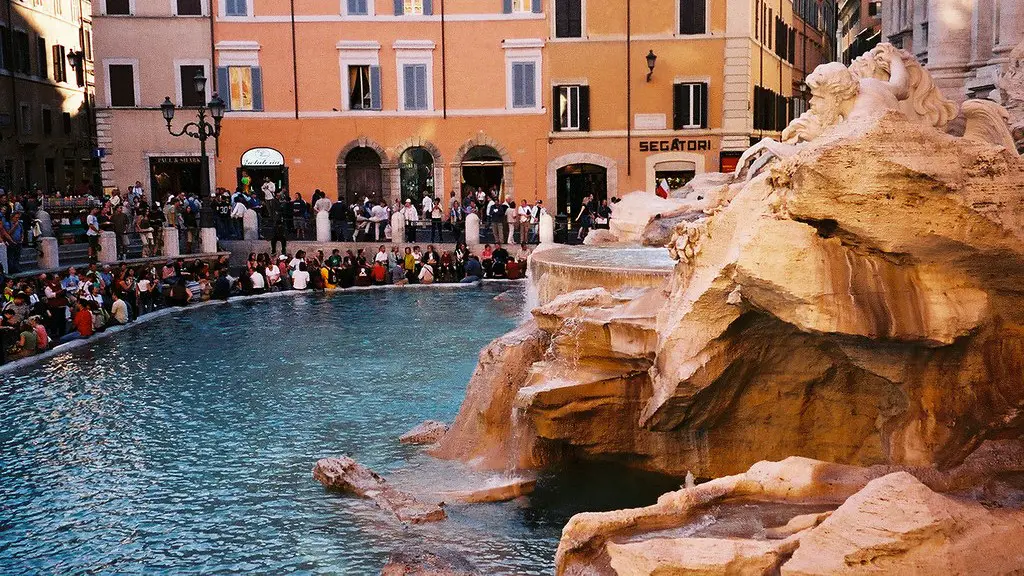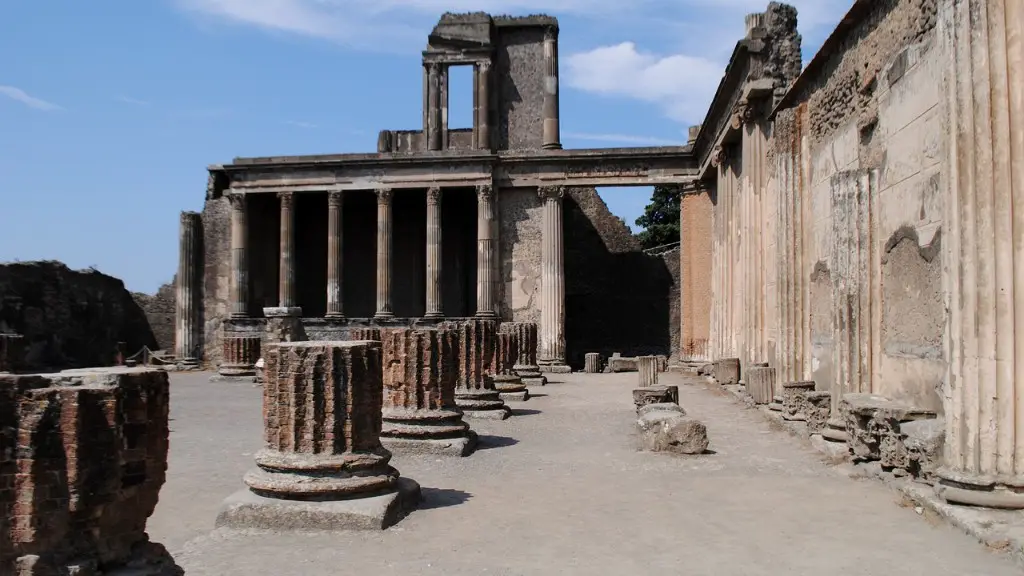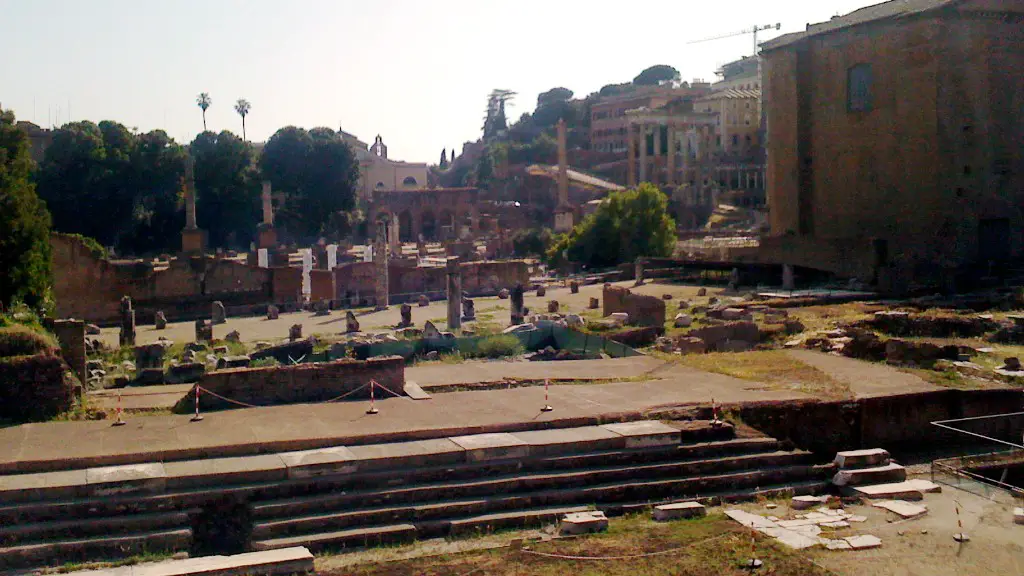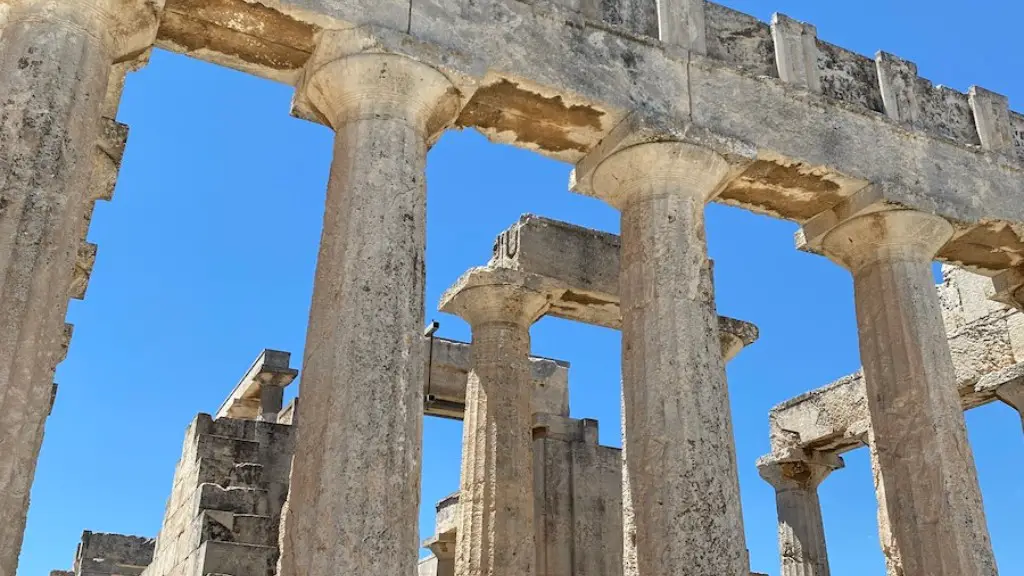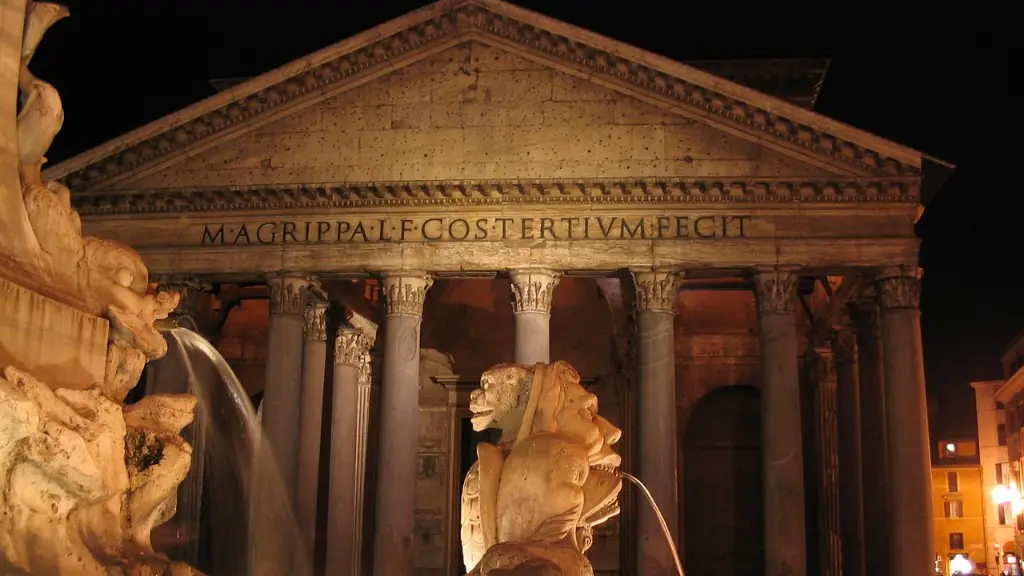In ancient Rome, there were two main ways that leaders were chosen. The first method was by election, and the second was by appointment. Elections were held periodically, and usually involved all of the eligible citizens of Rome. The candidates for leadership positions would campaign among the people, and the citizens would vote for their preferred candidate. The second method – appointment – was used when there was an urgent need for a leader, and there was not enough time to hold an election. In this case, the Senate – a group of wealthy and influential Roman citizens – would choose the leader. Once the leader was chosen, they would serve for a set period of time, after which they would either be re-elected or replaced.
European civilization as we know it today would not be possible without the contribution of the Ancient Romans. In addition to their impressive architectural feats and military prowess, the Ancient Romans were responsible for creating many of the political systems and institutions that we still rely on today, including the concept of representative democracy. One of the most important aspects of Ancient Roman society was the way in which their leaders were chosen.
In the early days of Rome, the leader was chosen by the people through a process of acclamation. This simply meant that whoever was the most popular or respected at the time was appointed leader. As Rome grew more complex, this system became unsustainable and was replaced by a system of elected officials. These officials were responsible for nominating candidates for leadership positions, and the people would then vote to choose their leader.
Throughout Rome’s long history, the method by which leaders were chosen changed several times. However, the fundamental principle of democracy remained the same: the people had a say in who led them. This system of government has been adopted by many countries around the world and is still seen as one of the most fair and effective ways to choose leaders.
How were government officials chosen in ancient Rome?
In Roman society, the aristocrats were known as patricians. The highest positions in the government were held by two consuls, or leaders, who ruled the Roman Republic. A senate composed of patricians elected these consuls. At this time, lower-class citizens, or plebeians, had virtually no say in the government.
The Roman Republic was a government founded on the idea of representational democracy, where eligible citizens would vote on behalf of their community on laws and policies. The Senate was a key part of this system, as it was a body of elected officials who would debate and pass legislation on behalf of the people. However, the consuls, who were the highest ranking officials in the government, usually did what the Senate recommended, meaning that the people’s voices were not always heard. Additionally, Senators were selected for life, which meant that they were not subject to the same accountability as other officials. This often led to corruption and cronyism within the Senate. The Plebeian Council was another key part of the Roman Republic. This was a body of elected officials who represented the interests of the common people, or plebeians. The Plebeian Council could pass laws, elect leaders, and hold court. This was a way for the plebeians to have a say in their government and to hold those in power accountable.
Who elected leaders in the Roman Republic
The Roman Senate was a group of wealthy landowners and businessmen who voted for the monarchs. The monarchs were elected for life and ruled the country. The Senate was the most powerful group in the country and the monarchs had to listen to them.
The Roman magistrates were elected officials in Ancient Rome. They held office for life and were responsible for the administration of justice. The King of Rome was the principal executive magistrate during the period of the Roman Kingdom and his power was absolute.
How were Roman governors selected?
In imperial provinces, the Emperor would appoint legates to govern in his name. The Emperor had sole say in the appointing of these legates, who were lower in rank than other provincial governors, as officially they were only representatives of the province’s true governor, the Emperor. Legates were often sent to govern provinces that were considered important or troublesome, as the Emperor could trust them to carry out his orders faithfully. In some cases, legates were even sent to govern multiple provinces at once.
The election of the governor during the republic was made from among the former consuls or praetors (the so-called proconsuls or propretors) by lot or by appointment of the Senate. The governor was responsible for the administration of justice and the defense of the state. He was also responsible for the maintenance of public order and for the enforcement of the laws.
What were Roman elected officials called?
Magistrates were the elected officials of the Roman republic. Each magistrate was vested with a degree of power, and the dictator, when there was one, had the highest level of power. Below the dictator was the censor (when they existed), and the consuls, the highest ranking ordinary magistrates.
The Roman Republic was a government founded in the 7th century BC that lasted for more than 500 years. It was eventually replaced by the Roman Empire. The first part of Rome’s government was made up of elected officials, or magistrates. The two most powerful magistrates in Rome were called consuls. The consuls were elected each year to run the city and lead the army.
What were Roman leaders called
The emperors of Rome were the rulers of the Roman Empire, after the fall of theRepublic. They used a variety of different titles throughout history. Often when a given Roman is described as becoming “emperor” in English it reflects his taking of the title augustus (and later basileus). Another title often used was caesar, used for heirs-apparent, and imperator, originally a military honorific.
Augustus (27 BC-14 AD): The first emperor of Rome, Augustus was originally named Octavian. He was the grandnephew of Julius Caesar and heir to his estate. Augustus restored the Republic as an autocrat.
Tiberius (14-37 AD): The second emperor of Rome, Tiberius was the stepson of Augustus. He was a successful general and politician before becoming emperor. Tiberius was a reluctant ruler and spent much of his time in seclusion.
Caligula (37-41 AD): The third emperor of Rome, Caligula was the nephew of Tiberius. He was a popular and charismatic ruler, but his reign was short lived due to his tyrannical and erratic behavior.
Claudius (41-54 AD): The fourth emperor of Rome, Claudius was the brother of Caligula. He was a competent administrator and generous patron of the arts. Claudius was deceived by his wife into ordering the assassination of his son Britannicus.
Nero (54-68 AD): The fifth emperor of Rome, Nero was the son of Claudius. He was a popular ruler at first, but his tyrannical and unpopular actions led to his downfall.
What is the order of Roman rulers?
The 1st century CE was a time of great political upheaval in the Roman Empire. Augustus, the first Roman Emperor, died in 14 CE and was succeeded by his nephew Tiberius. Tiberius was a successful military general and politician, but his reign was marked by various scandals, including the murders of his wife and son. In 37 CE, Tiberius was succeeded by his grandson Caligula, who was even more corrupt and tyrannical than his predecessor. Caligula was assassinated in 41 CE, and his uncle Claudius succeeded him. Claudius was a competent administrator, but he was also paranoid and paranoid. Nero, the last emperor of the Julio-Claudian dynasty, was a cruel and tyrannical ruler who persecuted Christians and plunged the empire into economic and military decline. In 68 CE, Nero was overthrown by a series of revolts, and the last emperor of the Julio-Claudian dynasty, Galba, was assassinated. The Roman Empire was plunged into a period of chaos, with three different men claiming the title of emperor within the space of a year. Finally, in 70 CE, the Roman Emperor Vespasian restored order to the empire and founded the Flavian dynasty.
The office of Roman senator was one of great power and prestige. Unlike senators of the United States, who are elected by the people, senators of Rome were appointed, initially by the Roman King and later by the Roman Emperor. Through much of the Roman Republic, an elected official called the censor appointed new senators. Later, the emperor controlled who could become senator. Consequently, the office of senator was often used as a tool of the emperor to reward his supporters and allies.
How a Roman senator was chosen
The emperor was the head of state in the Roman Empire and held the title of Princeps Senatus. He could appoint new senators, summon and preside over Senate discussions, and propose legislation. The Senate was therefore only an advisory body and took its lead from the emperor.
The three main categories of ranks in the Roman legion were centurions, tribunes & prefects, and the legion legate.
Centurions were responsible for a century of troops, tribunes and prefects oversaw either one or two cohorts, and the legate was the overarching commander of the legion.
Each level of command had different responsibilities and authority, but all were essential to the proper function and discipline of the legion.
How were governors chosen?
The executive branch of every state government is headed by a governor who is directly elected by the people. In most states, other leaders in the executive branch are also directly elected, including the lieutenant governor, the attorney general, the secretary of state, and auditors and commissioners. The executive branch is responsible for carrying out the laws of the state and for providing leadership and direction for the state.
The Senate was the ruling body of Rome and consisted of upper class patrician families. The Consuls were the chief administrators of Rome and were elected by the Senate. The Assemblies were the gathering of the people that could pass laws and elect officials.
Warp Up
In ancient Rome, leaders were chosen through a process of voting by the people. This process was known as the process of election.
The process of choosing leaders in ancient Rome was a complicated one. There were a number of different factors that came into play, including the approval of the Senate, the support of the military, and the approval of the people. In the end, it was a combination of these factors that determined who would be chosen as a leader.
